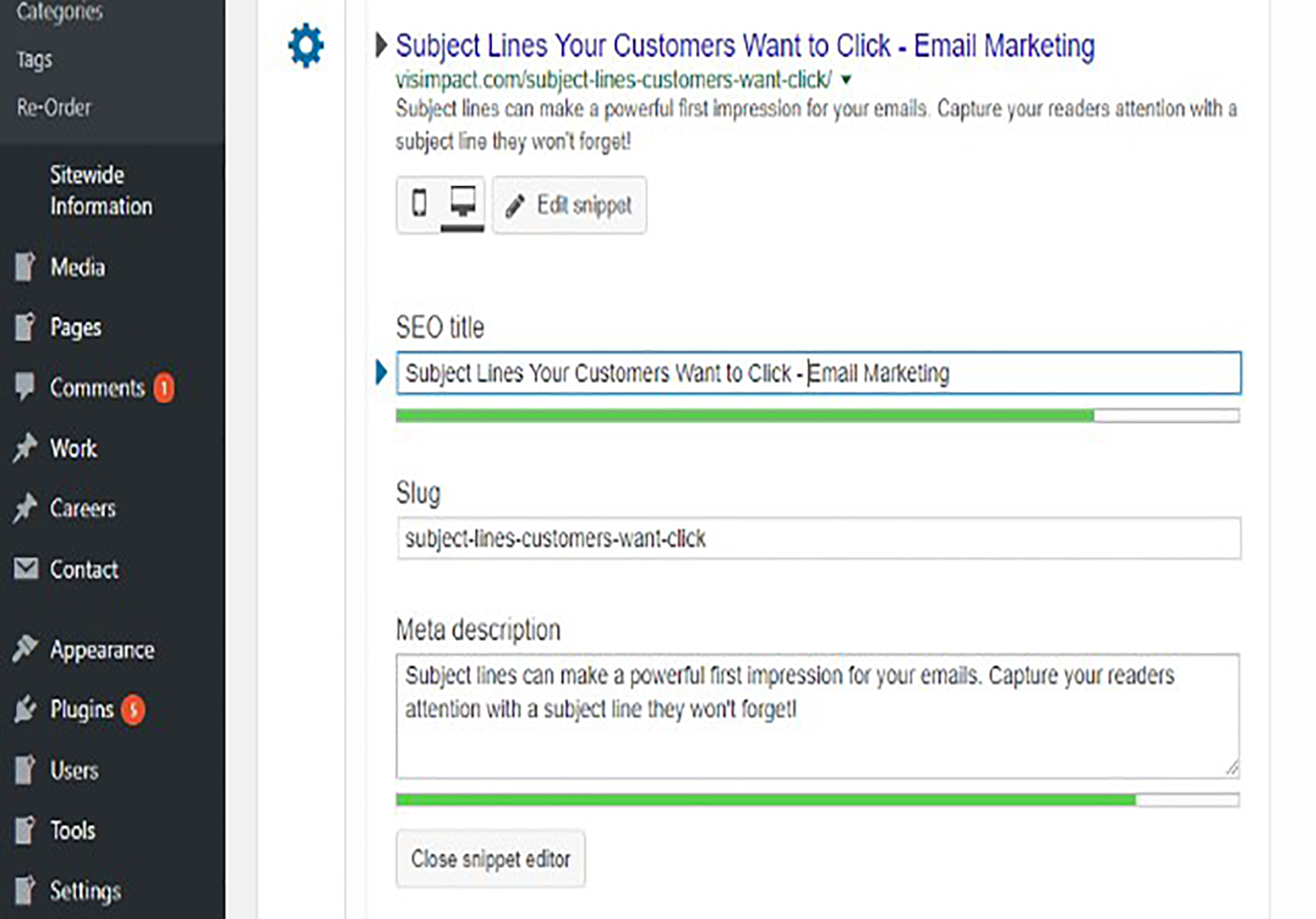SEO 101: How to Optimize Blogs for SEO

October 12, 2017
If you’ve ever tried to improve the organic search ranking of your website, chances are you’ve heard that blogging is one the easiest ways to find results. For years, industry professionals have combined the simplicity of blogging with innovative SEO tactics to bolster traffic to their websites and improve rankings on search engine results pages (SERPS).
Believe it or not, optimizing your blog for search engines doesn’t require an advanced degree or decades of industry experience. All you need is to do is write awesome content and make a few key adjustments that will help get the word out to interested readers.
In this post I’ve put together a summary of a few essential tips anyone can use to help enhance their blog’s visibility and improve organic SEO. Take a look!
Tailor Your Message Around Essential Keywords
When drafting your blog, you need to have a clear message that you want to convey to your readers. Whether you’re writing a blog about alphabet cereal or zookeepers in Australia, you need have a clear topic in mind. With that topic, you can tailor your blog around keywords related to your website.
Search engines function by using software known as “crawlers” to index content on a website’s domain. When search engines crawl and index your site, they view each page (even your blogs) and look for keywords to update their database.
If you write blogs covering popular keywords related to your industry like “Conflict Free Raw Materials For Manufacturing” for example, search engines will view this content (and keywords) and update their databases.
This can help users searching for related keywords like “Conflict Free Raw Materials” find your blog on SERPs and get a direct link to your site.
Guiding Readers with Links
Reading a blog can be compared to traveling on a journey. Obviously, you want your readers to view your blog but you also want them to follow through to a conversion on your site.
Creating inbound links is a great way to provide readers with more resources while they read. Whether you link to other blog posts you have written or case studies related to your clients, inbound links are a great way to guide readers to great information.
Pro Tip: A wise developer once told me that you should never leave your viewers at a dead end. At the end of your blog post, try writing a strong call-to-action that directs readers to a contact form. It’s not a bad way to let your readers know you’d love to start a conversation.
Behind the Scenes Keywords
Writing an awesome blog is the first step to helping your content get in front of more readers. However, most of the SEO work is done behind the scenes. Title tags, slugs, and meta descriptions are where your keywords help search engines organize content for SERPs.
Depending on the platform you use, you can update each one of these areas independently. At VIG we use WordPress for both our website and blog. With the Yoast SEO plugin, we can easily modify each one of these fields to include strong keywords for each of our blogs.
Title tags are one of the first things readers see when searching for content on a search engine. When you see search results on a page, title tags are the blue text at the top of the result. You can modify this text to highlight keywords for search engines. This can help improve your rank and also give readers a better idea about the topic of your blog.
“Slugs”, aka display URLs, are the actual website link you see on a search result. Like Title Tags, you can edit them to include keywords for your blog. This can also help search engines organize and rank the URL.
Meta-Descriptions are my personal favorite for enhancing SEO. Just like the name implies, meta-descriptions are brief overviews of what the page result is about. Here you can give a quick snapshot and pull readers into your blog.

Tag Your Images
Like many bloggers and copywriters, you’ve probably found that the most attractive blogs usually feature unique images that relate to the content. Whether the blog covers topics related to wedding ideas or investment tips, there are usually a few images or diagrams to help reinforce the message and capture reader’s attention.
Search engines analyze images by the unique title tag attributed to their code. Usually a line of image code contains a generic title from the source and a description. What many users don’t know is that you can modify these titles and descriptions around specific keywords to help bolster your site’s SEO.
By updating these tags and descriptions you are helping web crawlers properly identify images and update their databases. Done right, it can help rank your blog during a search and help your content stand out among readers.
For years, experts have shared their ideas about the advantages of creating fresh content on your website. Whether you’re passionate about blogging about your products or the industry you’re in, done well, the effects of blogging can have a lasting impression on your site.
Our team of creatives love to blog (and brag) about our clients. If you want to get the word out about your brand, give us a shout! Think VIG!


